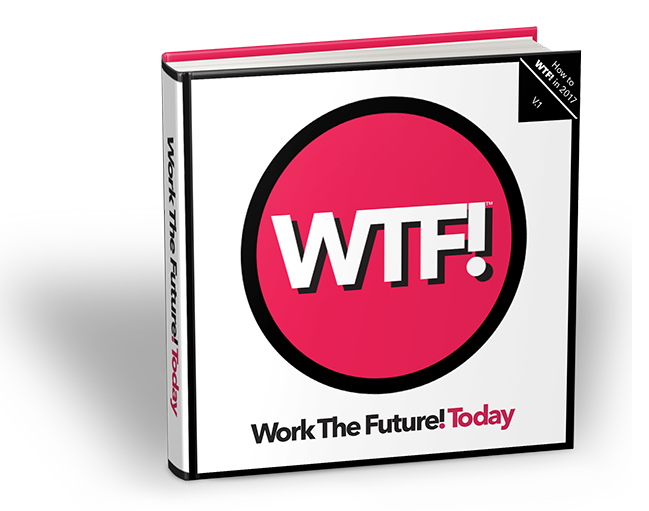PUTTING WELLNESS TO WORK
How do you turn what was a nice-to-have into what is now a must-have, competitive edge?
CAUSE: Wellness > EFFECT: Well-being
"Wellness is a state of complete physical, mental, and social well-being, and not merely the absence of disease or infirmity." ~ The World Health Organization
Wellness is an active process of becoming aware of and making choices toward a healthy and fulfilling life at work and home. Wellness is much more than being free from illness, it is a dynamic process of positive change and growth.
The Future of Working Wellness, Today
Maintaining an optimal level of wellness is crucial to live a higher quality life. Wellness matters because everything we do and every emotion we feel relates to our well-being. In turn, our well-being directly affects our actions and emotions. It’s an ongoing circle. Therefore, it is important for everyone to achieve optimal wellness in order to subdue stress, reduce the risk of illness, increase resilience, and ensure positive interactions.
We have a central mantra:
You either drive your future bus or you’ll get run over by it. It’s your choice.
Everyone will have many choices to make as the future unfolds. But some really won’t be choices—they’ll be unavoidable demands placed upon us by the emergent reality. Below are our thoughts about wellness in the workplace taken from our latest book “Work The Future! Today”.
Wellness, wellbeing, and wholeness are all popular topics now. They are all related but that topic is not best explored in a blog format. We’ll have more about this soon, so stayed tuned.
Pay Off
But for today we want to look at how wellness is becoming more important than simple compensation, and a key concern for leaders and managers across all industries. In fact, we’ll go so far as to claim that WELLNESS is going to be one of the top three management issues in the next few years.
Why is it important? Firstly, the workforce that is coming of age sees it as an increasingly important concern for them. Human psychology being what it is, you as a leader or future leader, will have to address this primary concern if you want to attract, motivate, and retain this talent.
Secondly, people are becoming the KEY value creating asset for all companies and will have to be ‘managed’ with increasing compassion and flexibility. Do you want healthy employees with low absenteeism and more engagement? One of the best ways to manage increasing health care costs is to shift to a prevention mode instead of a treatment mode.
Tomorrow’s workforce will be smaller than today’s and it will be composed of a different mix of skill sets. We’ve talked elsewhere elsewhere about how roughly 30% of the white collar workforce will be replaced by technology in the next 3 to 5-year time frame. There will be fewer people to ‘manage’ in the future. But those left will be far more valuable and, in some cases, more difficult to replace… no longer mere cogs in a vast machine.
New Source of Innovators
We see a major shift in the ratio of “Doers” or workers; their managers and fastest growing group of innovators or as we call them ‘Creative Catalysts’ (Chapter 13 of our book, Work The Future! Today). These Creative Catalysts will be the key value adding component of the workforce. The table below is a summary projection of how we see the composition of the workforce changing:
So, where does wellness enter the picture? Wellness is important for the Doers of today, but it will be even more important from a business continuity perspective for the Creative Catalysts of the future. Money motivated Doers, wellness motivates the Creatives.
Let’s try an analogy. Think of a sea-going ship. What contributes more to a successful voyage: the backup generators for cabin lighting or the ship’s captain? In uncertain times the human asset becomes far more valuable than the physical plant.
And so, if you want to drive the future bus for your organization, better bring along your wellness map when you grab that steering wheel as you head into unchartered waters.
Personal Action Items
Here’s three immediate things you can do:
Get smart—read up on wellness and wellbeing. Do it yourself… don’t sit through another boring Powerpointless presentation.
Do a top to bottom wellness assessment—physical, psychological, and purpose check-ins.
Allocate your energy towards wellness. What are you going to stop doing, and what are you going to start doing, today?
...





